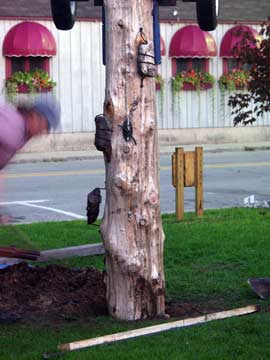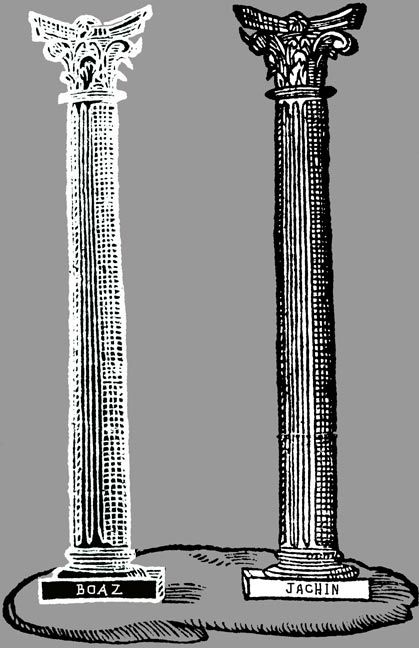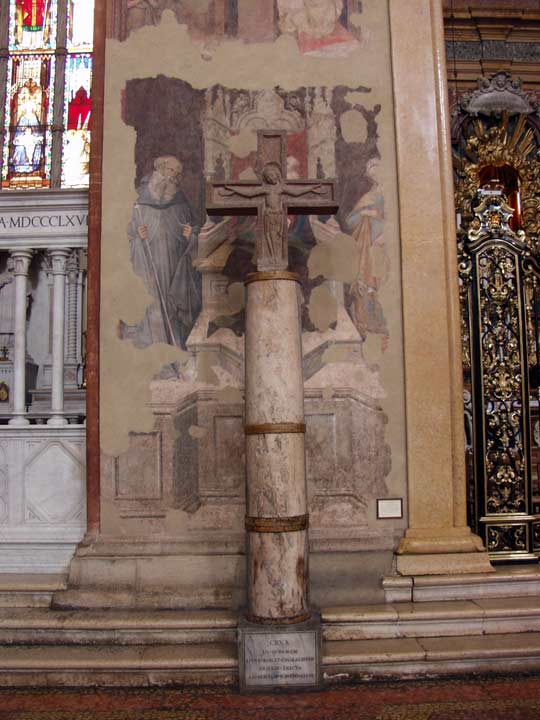 |
 |
 |
 |
||||||||
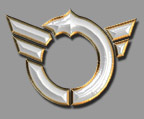 |
|||||||||||
 |
 |
||||||||||
 |
|||||||||||
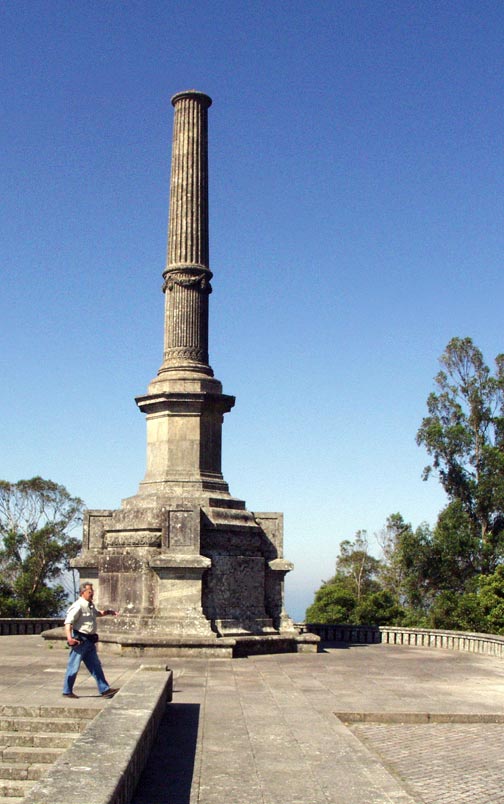
Pooler Jones is on a long riff about the ubiquity of phallic images in the medieval. Slag and I have learned not to interrupt when he sets into these jags - we feel it's dangerous to stop a man postulating symbol systems & bellowing, mewing, his feet scratching at the top layers of the earth. "Spinario," he spits, and then mimes his version of the small statues which depicted a man with one of his legs lifted so that he can remove a thorn or 'spine' from his foot. The backstory, the subtext of this genre of sculpture is to expose the man's genitals, accidentally of course. Modern results from riverine deposit archeology show an obsession with small phallic amulets and badges which show scenes like: phalli "crewing ships, carrying a phallus-crowned vulva on a litter (in parody of a Marian Procession?), pushing a wheelbarrow full of phalli, or acting as a mount for a fiddler or as 'hawk' for a vulva on horseback, while still other phallus-raptors perch on the stylized vulvas on which they prey."
The authors of Medieval Folklore comment on these scenes: "The concept of independent, ambulant sexual parts is reminiscent of the similarly dismembered organs found in late-medieval French riddles and such fabliaux as 'The Knight Who Made Cunts and Assholes Speak.'"

"Another such badge depicts a hood, from the face of which protrudes a thick phallus, visual confirmation of the piece of sexual lore that the character of the nose reveals that of the penis." Pooler then reminds us that Simon de Montfort had his genitals cut off and the testicles hung on both sides of his nose.
None of which we were thinking at Oh-Dark-30. Still, raising the Djed was charged with energy both psychic and phallic - that and one of the oldest symbols for the mind in western iconography is of a winged phallus. The concept being the analogy between the creators of both the upper and the lower worlds.
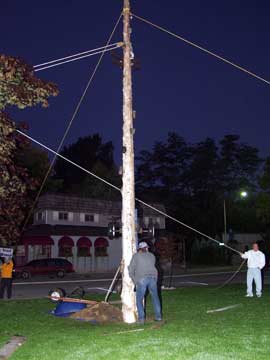
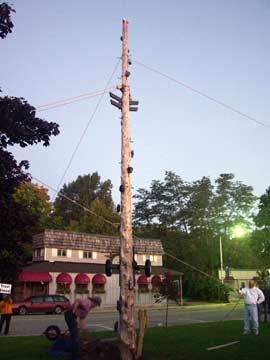
"Coronella's," huffs the Captain as he pats the ground firm where the shaft joined the mother. "Menclas!" He's talking about Bread, the "Staff of Life", and how it has long been baked in the forms of genitalia. Coronellas: ringed shaped with a hole in the middle; and Menclas: long phallic shaped loafs which often have "testicles" included. The ancients used them several times a year on fertility and harvest festivals.
In the early 1500's there was a political procession in Paris called Le Vit de Francois Premier during which a huge phallus - said to represent the dick of the King - was pulled thru the narrow warrens of the city while onlookers "were invited to come and flagellate the royal member." Here the french were playing with a pun between Vit/penis and Vie/life. All of which suggest that the Staff of Life is indeed the vit.
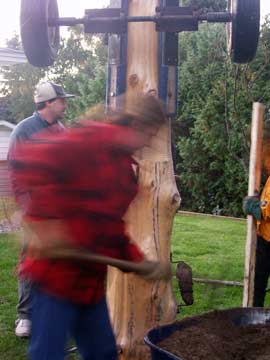
It's safe to say that the origin of nearly all religious processions in antiquity was either as a fertility or a harvest festival. Either would feature stylized symbols of human genitalia. Man has been lugging outsize images of his reproductive organs around his hamlets and cities for all 10 thousand years of the agricultural revolution.
